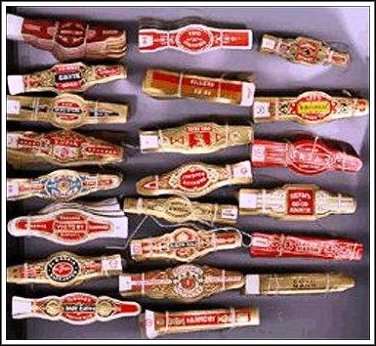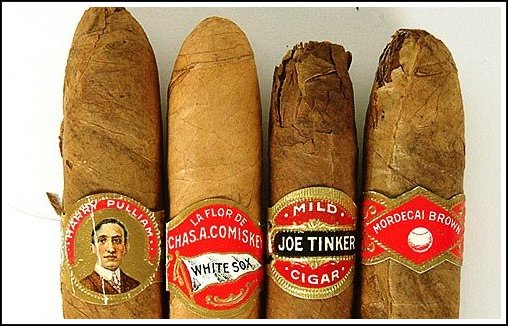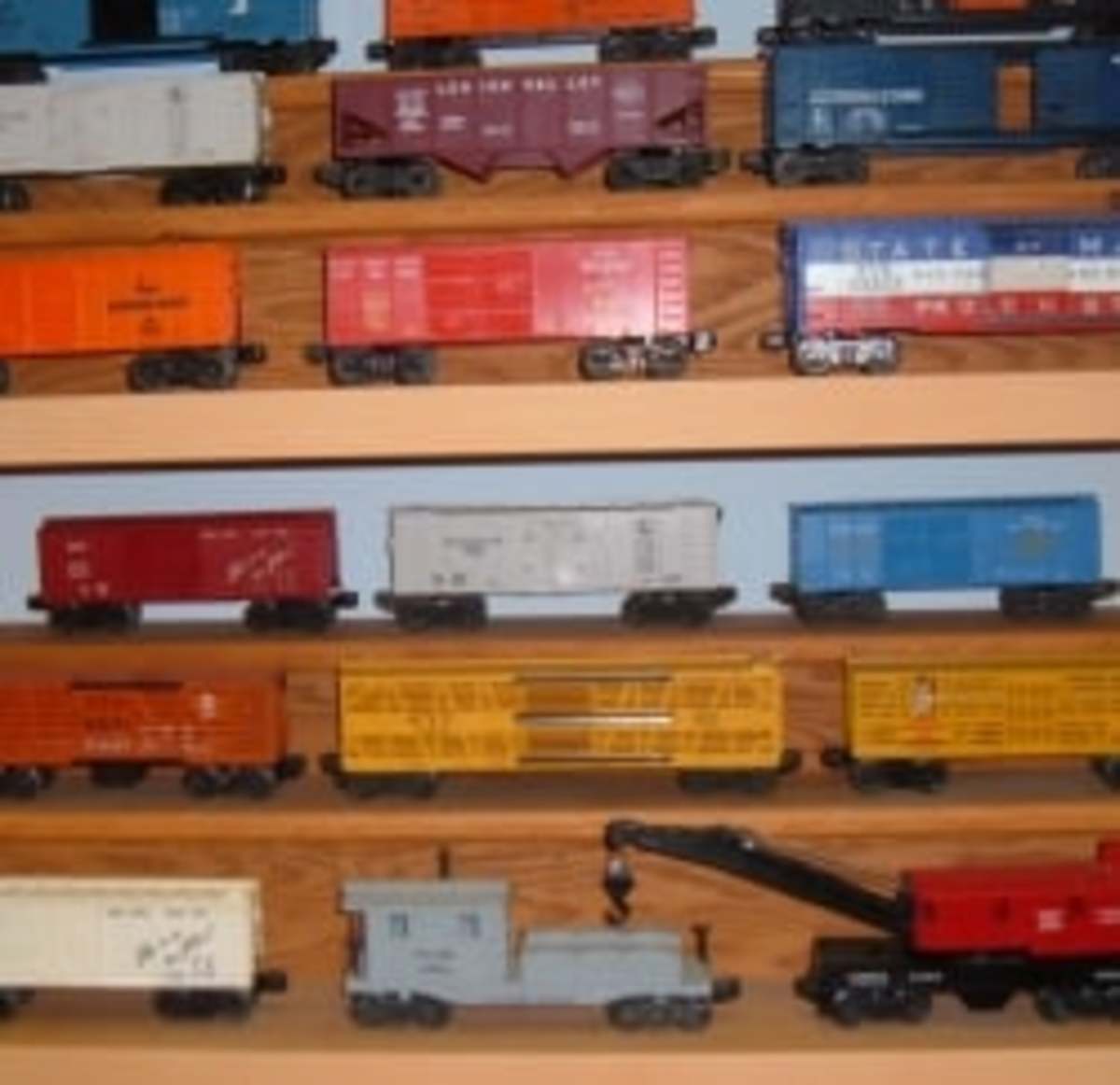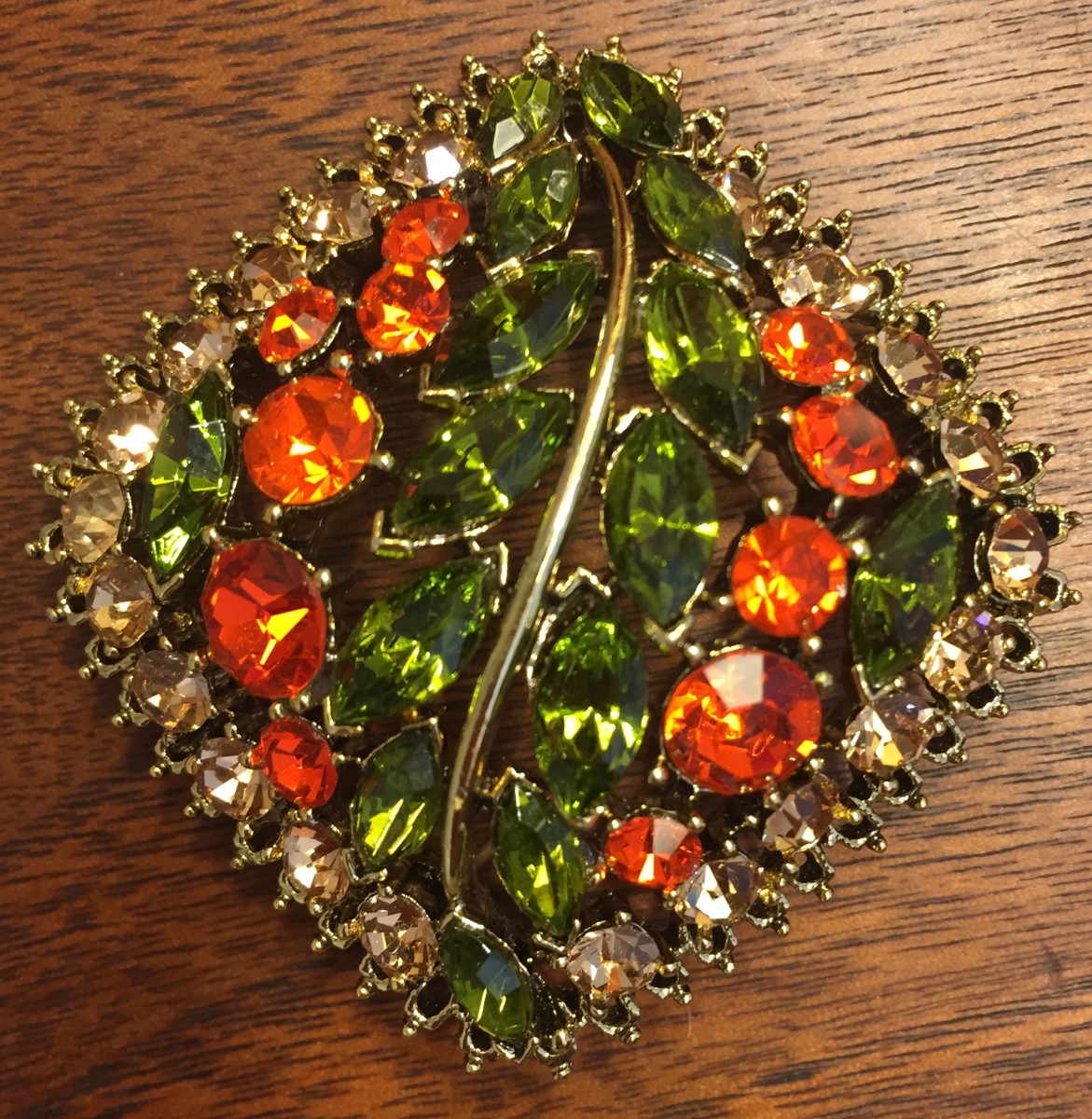A Unique Hobby, Collecting Cigar Bands



Some collect things as a hobby like coins, stamps and antique glassware. Others have taken the road less traveled and find some very unique things to collect, such as cigar bands. For many cigar smokers, the small paper band was just a piece of trash to be discarded. For others it’s a piece of history.
The cigar band has an interesting history. It begins during the early 1800s in Cuba, the undisputed cigar capital of the world. Although cigars in one form or another have existed for centuries, the first modern observation of them was observed by Christopher Columbus with his arrival in the New World. On October 28, 1492 Columbus noted in his log the natives of San Salvador burned and inhaled the leaves of a local plant.
However, they were not cigars as we know them today. The natives wrapped their tobacco in maize, palm or other local vegetation. The Spanish are given credit for creating the modern cigar.
The Origin of the word cigar comes from the ancient Mayans. The Mayans called the cigar a "Ciq-Sigan," which the Spanish word "Cigarro" is derived from. Eventually the word evolved into its’ present form.
Once cigars had become a global commodity, they were shipped in wooden barrels or boxes stamped with the manufacturer’s name. There were many scoundrels who made a fortune by substituting cheap European cigars in these containers.


A Dutch immigrant, Gustave Bock, who owned a cigar factory in Cuba in the 1830s, came up with a simple solution to counteract much of the counterfeiting. He placed a paper band around his cigars which bore his name. Because of Bock’s success, many other companies soon followed suit. They also discovered cigar bands had another advantage. They gave their product name recognition. By 1855 it was becoming common practice.
The use of cigar bands got a big boost with technological advances in the printing industry, specifically, cheap color printing and embossed paper in the 1880s. Prior to 1915 the most beautiful cigar bands were printed in the United States, Cuba, and Germany.
Between expansion of the cigar industry and new innovations in printing techniques, manufacturers entered into its "Golden Age" of advertising. Cigar makers began working on ways to differentiate their products from others. During the late 19th and early 20th centuries, well known commercial and prominent artists crafted elaborate, distinctive cigar boxes and bands. Many featured images of historical or famous personages of the era as well as nature scenes or commemorations of special events. It was an art similarly used in making postage stamps.

There was one drawback collectors encountered. Although most were well-made, they weren't intended to survive the ages. The collector’s album was born. It was the predecessor to those used by collectors of baseball cards, comic books and of course, stamps. During the height of cigar smoking's popularity many found these bands attractive. They were often left discarded on streets and were easy to collect.
The hobby became more popular around the turn of the century when some manufacturers began giving premium rewards to customers who turned in a certain number of bands. The same ploy used by a well known cigarette company in the 1990s.
Speaking of cigarettes, after World War I, the cigar industry began losing sales when they became more popular and less expensive. To compensate, cigar makers stopped putting as much time or money into making attractive cigar bands. As a result cigar bands lost their appeal, at least in the US, and many companies went out of business during the 1920s and 30s.
Though there are few collectors in the U.S. it remains a thriving hobby in Europe. Cigar makers there continue to print colorful bands, some as part of a series, again like stamps. Others are created specifically for collectors. Some smokers even personalize their own bands.
One collector in Ohio, Joe Hurby, has been collecting for over 70 years. Joe began collecting in 1920. He now has more than 221,000 bands and says he still finds ones he doesn’t have. In a collection of 400 bands he bought there were 200 not in his collection. However, at the same time he explains that’s a rarity. In another collection of 5,000 he found none he didn’t already have. Joe is listed in the “Guinness Book of World Records.”
Despite active band collecting clubs in Spain, France, Belgium and Australia, their value, as with most modern "made-for-collectors" items, remains low.






